This former employee was treated for stroke at St. Michael’s Hospital. Inspired by the care, he’s now in medical school
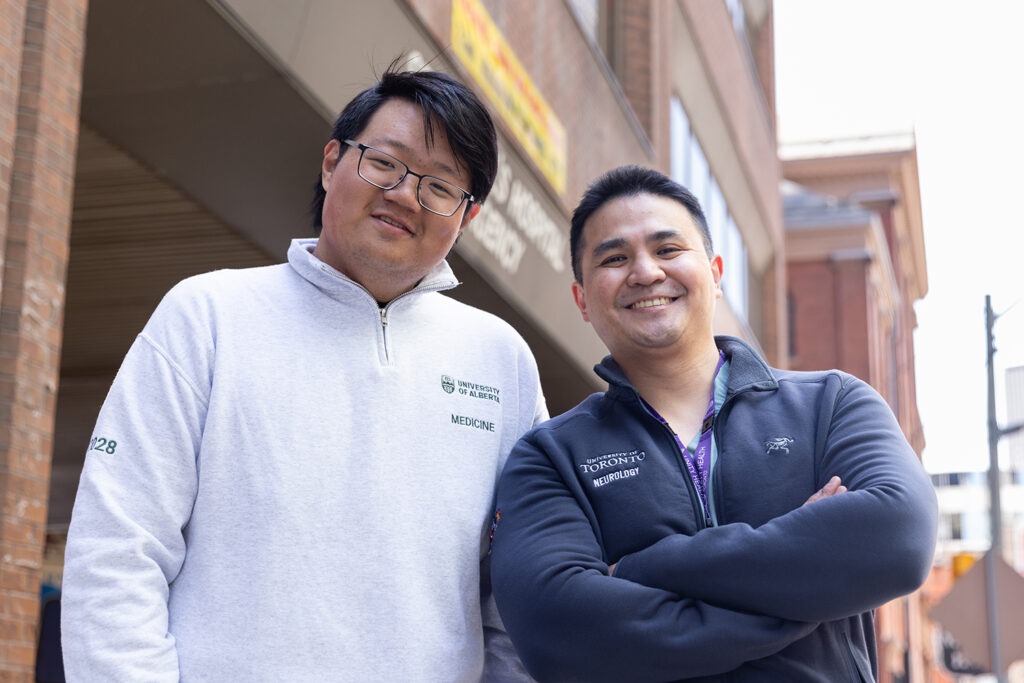
(L-R): Arthur Tung, a medical school student studying at the University of Alberta, is pictured with St. Michael’s Neurologist Dr. Danilo Diestro. Diestro was one of the physicians who cared for Tung when Tung was rushed to St. Michael’s for a stroke in 2023.
Arthur Tung was at the gym when he realized something was wrong. The night before that day in October 2023, he had had a terrible headache and struggled to use the apps on his phone. The 23-year-old chalked it up to not getting enough sleep, but when he went to meet his personal trainer, he couldn’t communicate.
“I couldn’t say ‘Hi’ and I couldn’t tell you what an object – like a water bottle – was. It was terrifying,” he said.
Tung was experiencing aphasia, a sign of stroke where a person’s ability to understand or formulate language becomes impaired due to damage to the brain.
Tung’s trainer called 911, and Tung was rushed to St. Michael’s Hospital where he was triaged as a stroke patient.
Tung had worked as a research assistant at St. Michael’s two years earlier.
“I was only mostly worried about my family’s reaction,” he said. “Otherwise I was calm because I had a lot of trust in St. Michael’s. I never had any doubt that I was receiving the best treatment.”
Neurologist Dr. Jose Danilo Diestro gave Tung a series of tests and determined he had an abnormal development of atherosclerosis, the buildup of plaque inside his artery walls. This plaque buildup likely caused an ischemic stroke or a transient ischemic attack, which in turn caused Tung’s aphasia. He was started on a standard treatment of dual antiplatelet therapy and statins.
While recovering, Tung had another bout of strong headaches. Additional tests revealed that he had antiphospholipid syndrome, an autoimmune disorder where the body mistakenly attacks phospholipids, which are essential for blood clotting. Antiphospholipid syndrome has no cure and can cause serious complications, including stroke or heart attack. It can also lead to accelerated atherosclerosis.
Enjoying this story? Sign up for the Unity Health Toronto newsletter, a monthly update on the latest news, stories, patient voices and research emailed directly to subscribers.
After the diagnosis, Tung was put on blood thinners and educated on how to manage the syndrome. Within days, he started to regain his speech.
“I was unlucky to have this condition, but I feel like everything else was lucky,” Tung said. “My presentation was very mild, I was treated at St. Mike’s of all places. I met physicians and clinicians from different departments – neurologists, hematologists, interventional radiologists – a full spectrum, and I never had a bad interaction with any of them.”
Stroke in young adults
Neurologist Dr. Adam MacLellan, who also treated Tung, said that while young stroke survivors may have an earlier, more rapid physical recovery than older patients, there can be a great deal of “invisible impairment,” such cognitive impairment, fatigue, executive dysfunction, post-stroke depression and anxiety. What’s more, stroke often impacts young patients during a time when they are developing their personal lives and careers.
“Stroke recovery can be isolating for a young adult. Patients may not show obvious physical impairment anymore, and many people do not realize that young individuals can even experience a stroke,” MacLellan said.
“We at Unity Health and the surrounding GTA hospitals are fortunate to have great colleagues in rehabilitation who can address how to best help young stroke survivors in their recovery, and help minimize the disruption to their life trajectory as much as possible, setting them up to lead long, fulfilling lives.”
Changing lives
Before his stroke, Tung had been in the process of applying for medical school, an idea he had considered for a long time. The care he received at St. Michael’s re-confirmed his desire to become a doctor.
“I was impressed with both the clinicians’ medical knowledge, but also the communication and non-technical skills needed to interface with patients. Dr. Diestro always took the time to explain everything thoroughly to me in a kind but professional way,” he said.
Tung began interviewing with medical schools a few months after being discharged.
He was accepted into the University of Alberta, where he’s finishing up his first year and looking forward to becoming a clerk and interacting with patients. He’s even considering pursuing a specialty in neurology, hematology or rheumatology – the three specialties most closely related to his own condition.
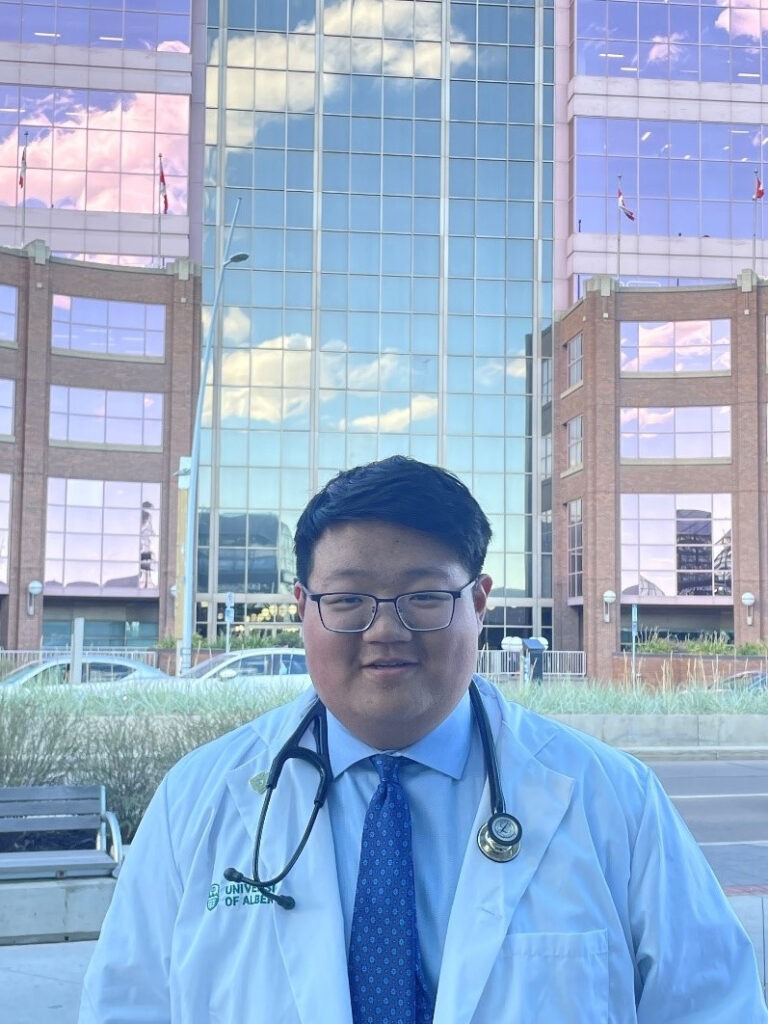
“I am one of thousands of Dr. Diestro’s patients, and he’s just in the beginning of his career. He’s going to go on to see thousands and thousands more patients. He will be changing lives, just like how he changed mine. I want to do the same.”
Diestro is equally inspired by Tung.
“I feel privileged to be part of Arthur’s care. He is an impressive young man! Not many people can take the Casper exam after having a stroke. He also decided to write his own case report. These are testaments to his strong will and dedication,” said Diestro. “I look forward to becoming his colleague once he finishes medical school. I hope he considers U of T Neurology for residency when the time comes.”
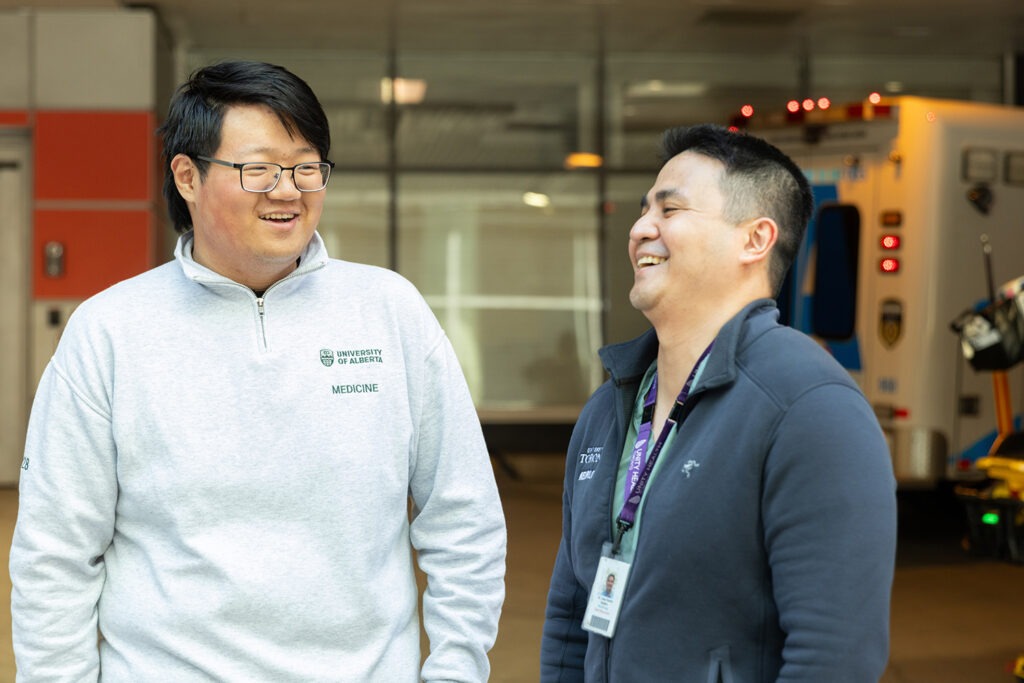
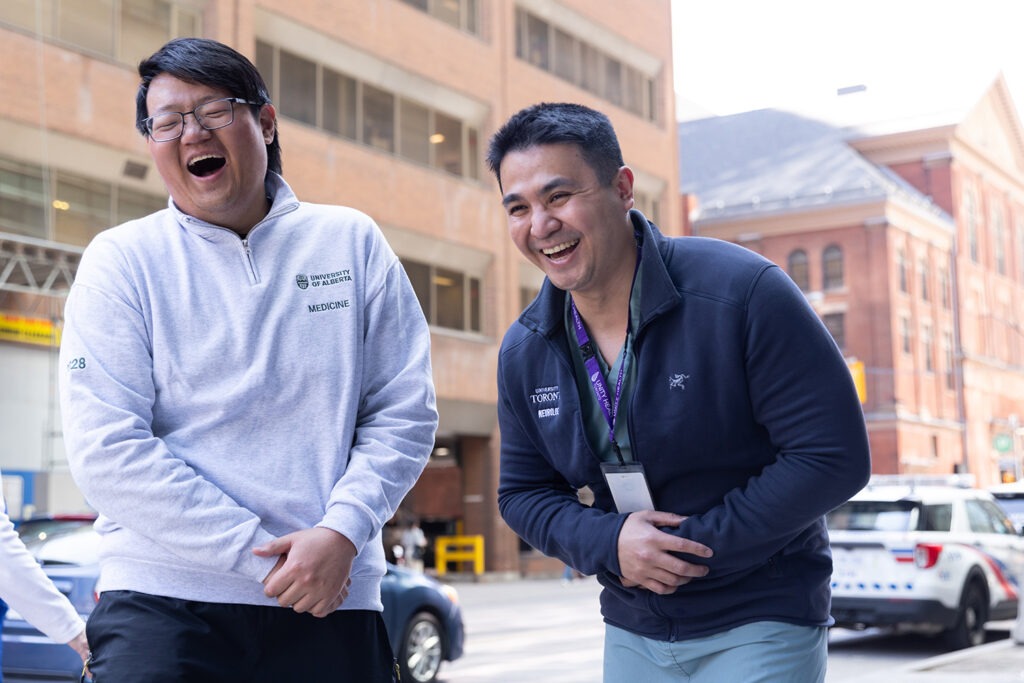
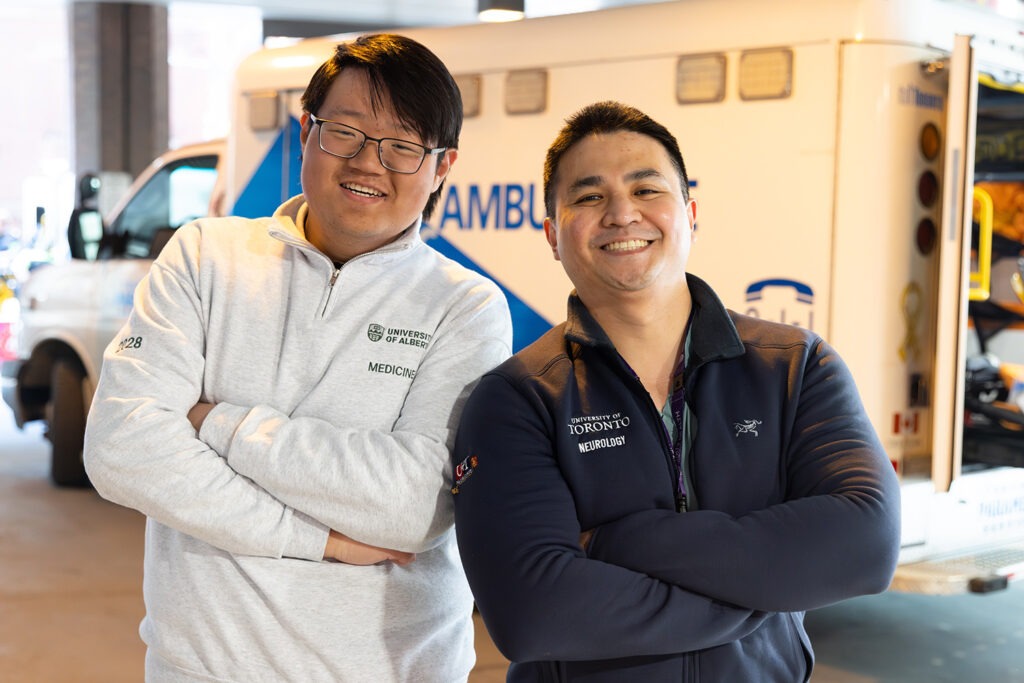
By Marlene Leung
Photos by Katie Cooper
